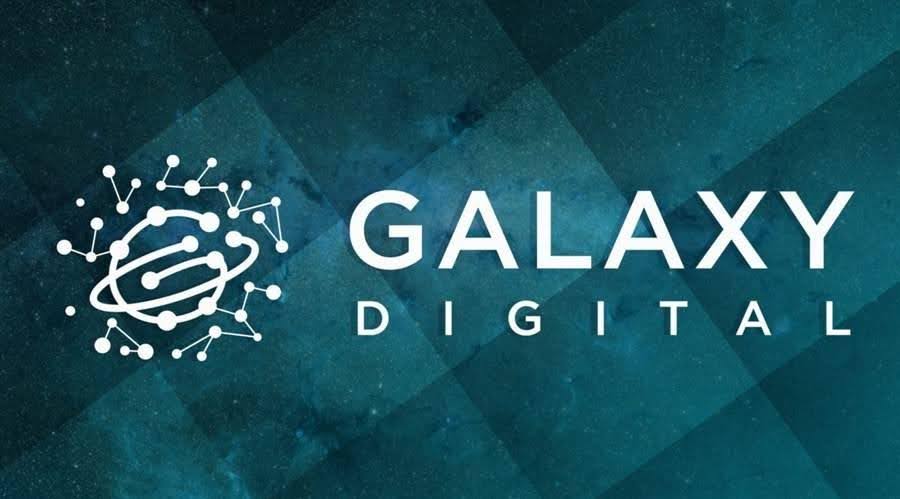Satoshi-Era Whale Awakens: $1B in Bitcoin Moved to Galaxy Digital After 14 Years

Key Takeaways:
- A dormant whale wallet holding Bitcoin since 2010 has just transferred 8,500 BTC (≈ $1 billion) to Galaxy Digital.
- This is the first known movement of funds from this address in over 14 years, sparking intense speculation across the crypto community.
- The massive transfer, likely an OTC deal, coincides with heightened market volatility and renewed attention on long-lost Satoshi-era wallets.
A sleeping giant in the crypto world has stirred. A whale wallet, untouched since Bitcoin’s earliest days, has made its first transaction in over a decade, sending $1 billion worth of BTC to Galaxy Digital. This unexpected move is fueling debate about market implications, ownership origin, and potential shifts in institutional crypto strategy.

Whale Wallet Sends Shockwaves Through the Market
On July 15, blockchain analytics platform Spot On Chain flagged a massive on-chain transfer: 8,500 BTC (roughly $1 billion) was sent from a Satoshi-era wallet to Galaxy Digital, a well-known crypto investment firm founded by Mike Novogratz.

Read More: Galaxy Raises $175M to Supercharge Early-Stage Crypto Startups Amid Market Headwinds
The wallet address out of which they were transferred has been inactive more than 14 years, which implies that the coins had been obtained or mined at the first years in the lifespan of Bitcoin. Spot On Chain says that this is the first-time this address ever sent out any Bitcoin since it was activated.
The transaction seems to be included in OTC (over-the-counter) deal, as it has a structure and direction. Whales and institutions hence usually use OTC trades to prevent slippage, and keep their footprint in the market small. This allows large transactions to be conducted without moving market prices abruptly.
Satoshi-Era Coins: Why It Matters
Dormant Wallets and Market Psychology
The Satoshi era Bitcoin dormant wallets dating back to before 2011 have a mythical mark in the crypto. Anytime they do this, the suspicions rise about who actually created Bitcoin in the first place, with rumors of Satoshi Nakamoto and his or her enigmatic personality or the concern that old insecure storage systems have had their keys hacked into.
Although there is no direct testimony to the fact that this wallet belonged to Satoshi, himself, the very fact that it was left unspoiled after over 14 years has given it the cloak of mystery. The coins of the wallet were no doubt mined when the value of Bitcoin was less than $0.10 and it is a good reminder of the fortunes that early enthusiasts have earned
Similar activity was recently observed in Coinbase executive Conor Grogan who said that abandoned wallets of more than a billion dollars could be caused by stolen keys. But here, a direct movement to Galaxy Digital indicates the organized probably legal sale instead of criminal activity.
Who Is Behind the Transfer?
Although the actual owner of the wallet is still not known, there are indications that the owner is highly capable and connected affair. Engagement of a licensed and professional-grade crypto company, Galaxy Digital, suggests that this was not an on-the-fly decision by some unknown early crypto enthusiast, but a planned attractor of liquidity.
Galaxy Digital Galaxy Digital, founded by ex-hedge fund manager Mike Novogratz, is making more moves in the OTC Bitcoins markets and caretaking endeavors. This sale can be an indication that Galaxy could be a liquidity provider to those holders of legacies who want to exit or rebalance their portfolio.

Read More: Galaxy Digital acquires crypto custody and asset infrastructure provider BitGo
At this point, analysts believe that the whale is selling out of crypto, after a long period of appreciation, or making ready of another significant investment cycle.
Market Signals from a Dormant Giant’s Move
The timing of this move is significant. Bitcoin has been trading in the $115,000 – $123,000 range, and recent inflows and outflows from whale wallets have been closely tied to short-term price volatility.
While this transfer didn’t happen on a public exchange, thus not immediately impacting order books, it still holds psychological weight. The crypto market often reacts strongly to old-wallet activity, especially when it involves such large volumes.
If more dormant wallets become active, it could lead to:
- Increased sell pressure if large holders decide to cash out at current valuations.
- Renewed narratives around long-term holders exiting the market.
- Heightened security concerns if there’s any suspicion of private key compromise.
So far, however, Bitcoin has remained relatively stable following the transfer, indicating limited panic, and possibly even growing confidence that these coins are being absorbed by institutional buyers.
The Dormant Wallet Still Holds $1.3 Billion
The other wallet participating in the transaction continue to have more than 11,000 BTC, which is worth over $1.3 billion, based on the on-chain data provided by Arkham Intelligence. This means the $1B transfer pun intended, actually might just be the beginning.
That creates an opportunity if the holder wants to cash out their entire position, potentially a multi-billion-dollar liquidity event. But, if the move was simply for strategic relocation (like for custody, estate planning, or an invest partnership) the rest of the fortune may not be touched for the time being.
The post Satoshi-Era Whale Awakens: $1B in Bitcoin Moved to Galaxy Digital After 14 Years appeared first on CryptoNinjas.
